As the automotive industry shifts to new technologies and manufacturing processes, industry suppliers must adapt to serve these needs. Here’s advice from six leading companies on ways to optimize operations and reduce overall vehicle production costs for automotive OEMs and their tier suppliers.
Automakers have long been a primary driver of change in the manufacturing industry, but the pace of that change is about to become much faster.
Between battery-powered cars and trucks, increasingly lightweight components and the inevitable rise of autonomous vehicles, it’s clear that original equipment manufacturers and tier suppliers alike must become even more adaptable if they’re going to grow and compete over the coming years.
Here’s some advice from six leading industrial suppliers on how shops can accomplish exactly that:


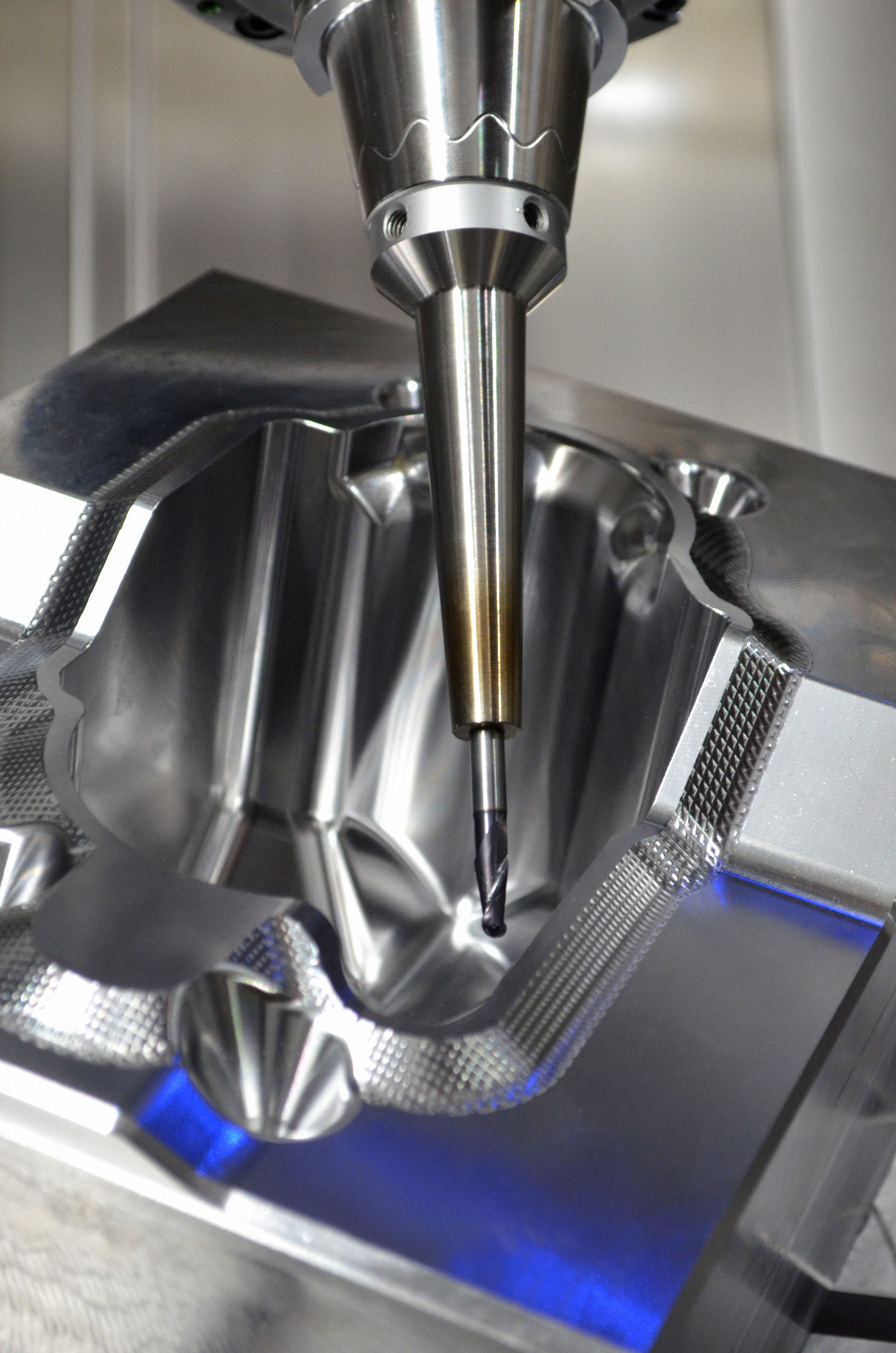
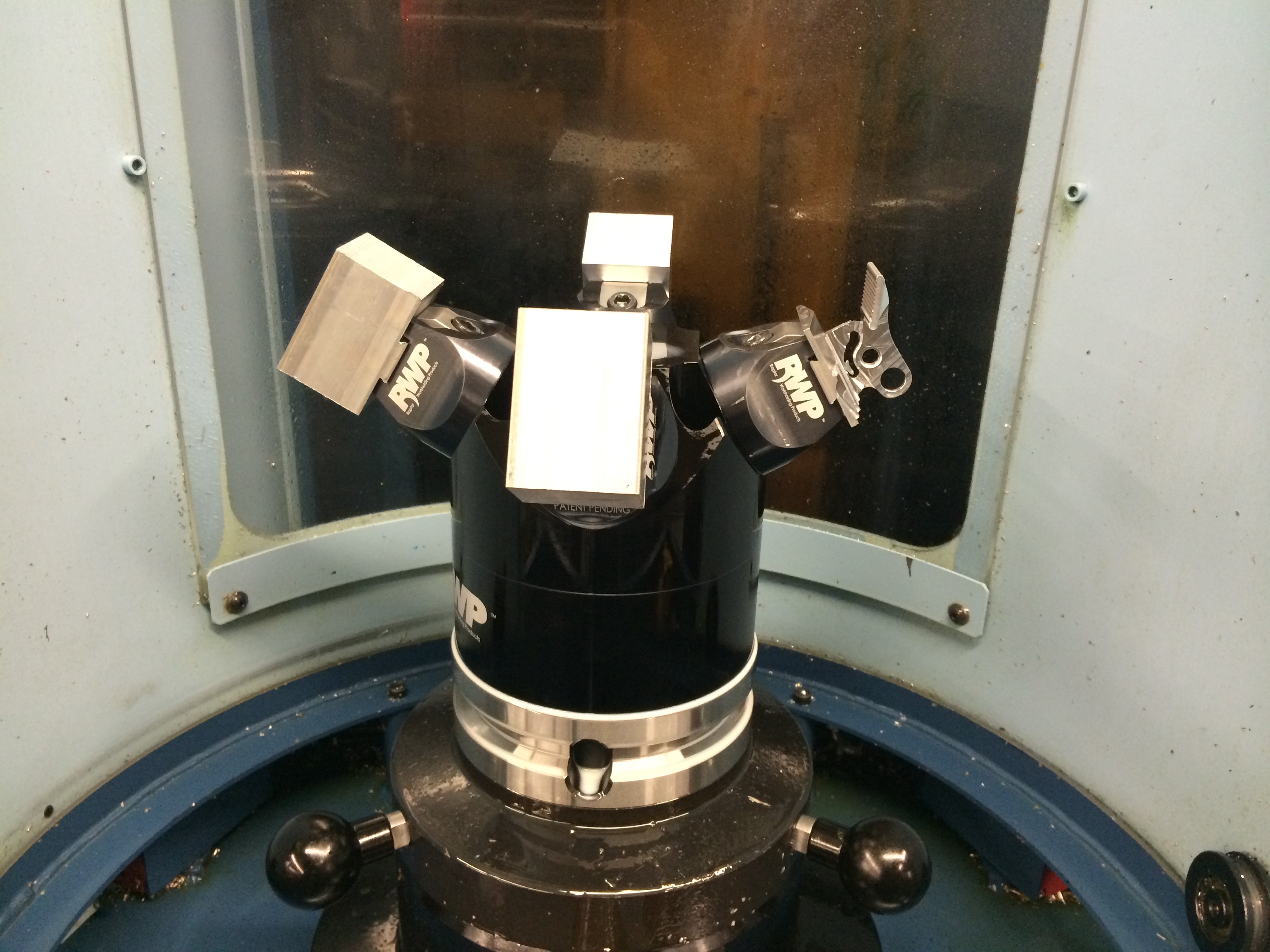

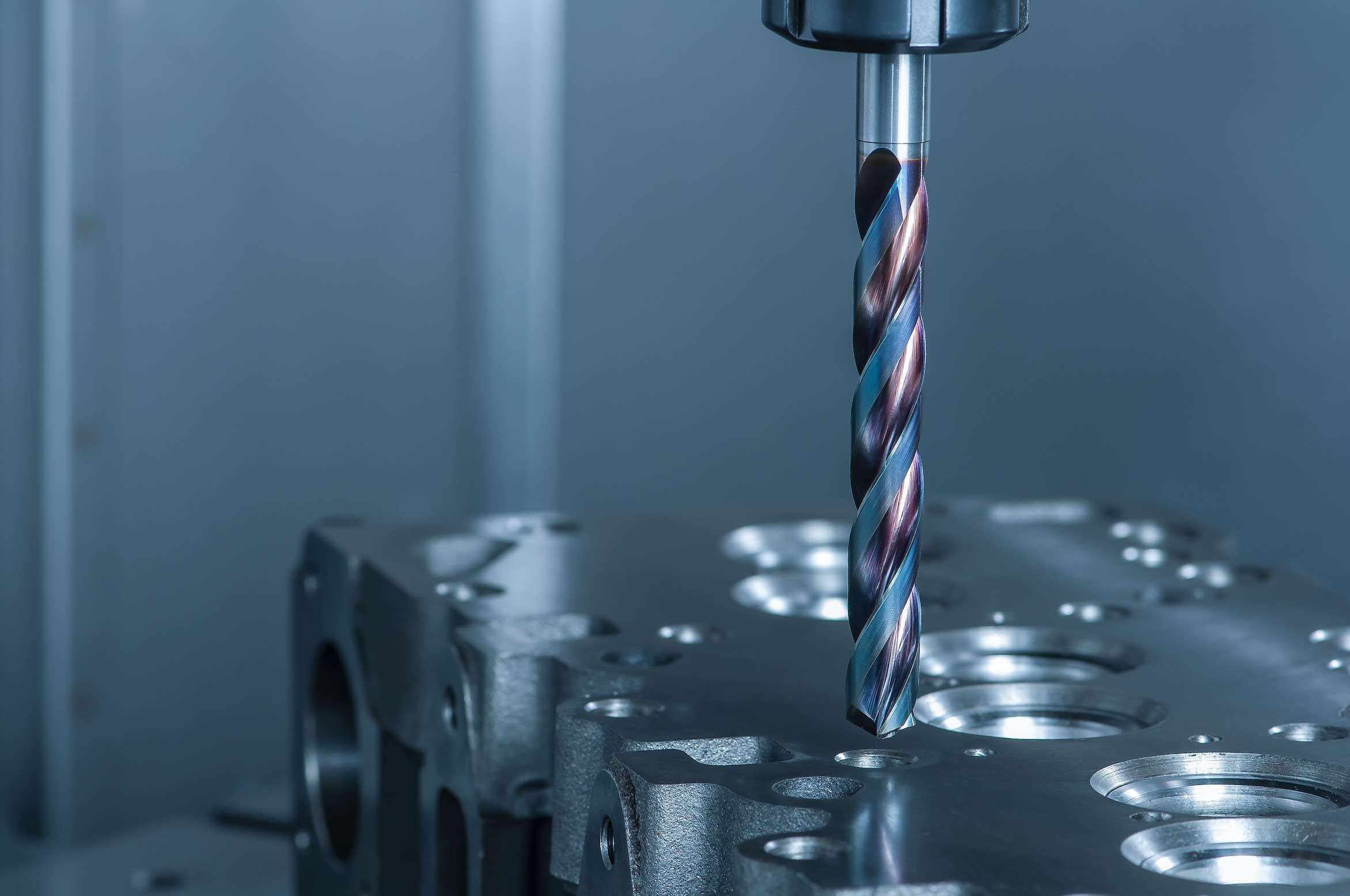
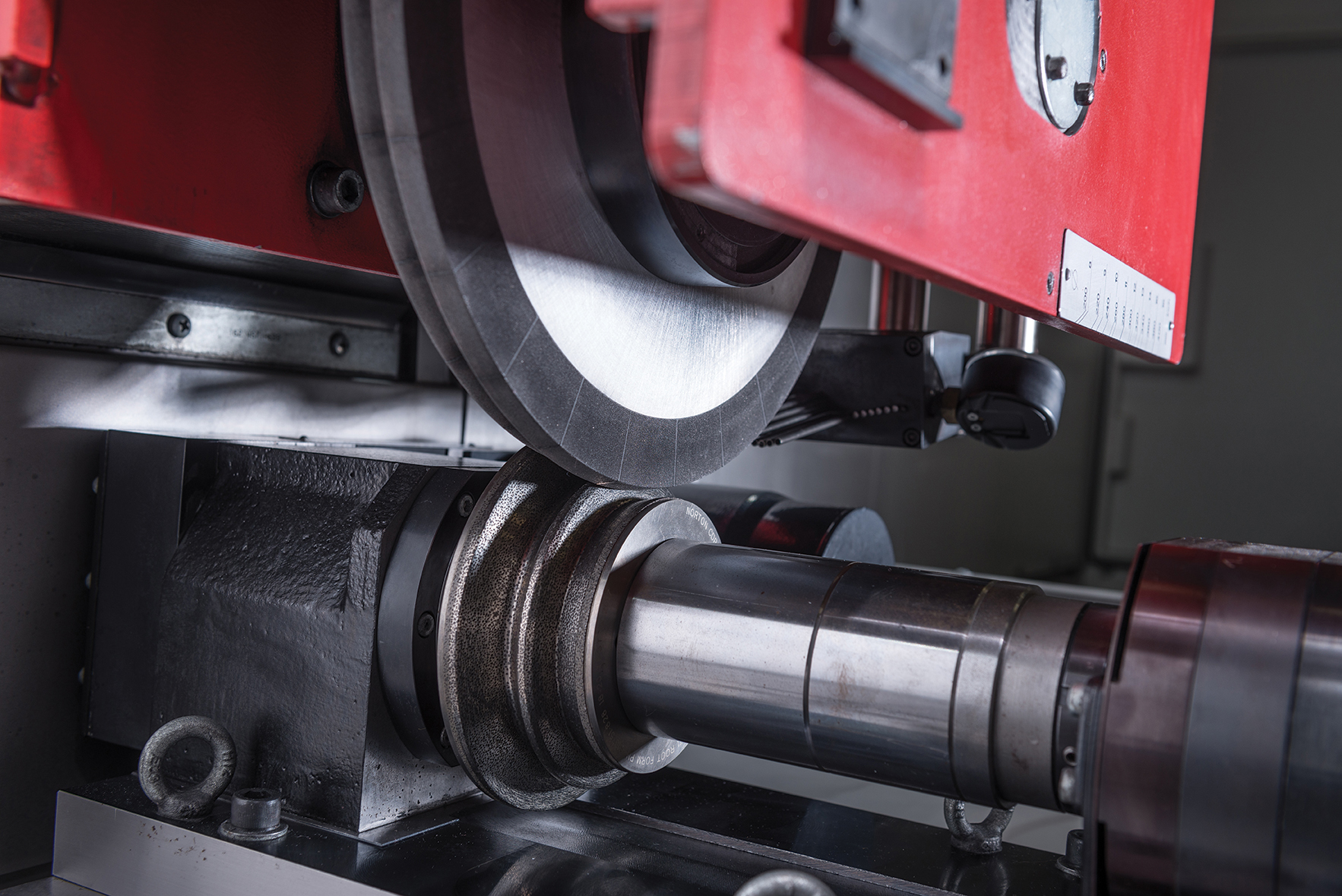

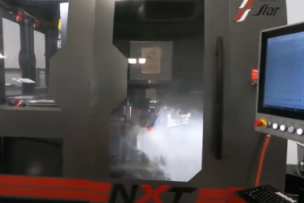
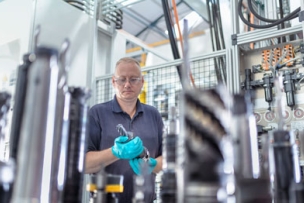
Talk to Us!
Leave a reply
Your email address will not be published. Required fields are marked *